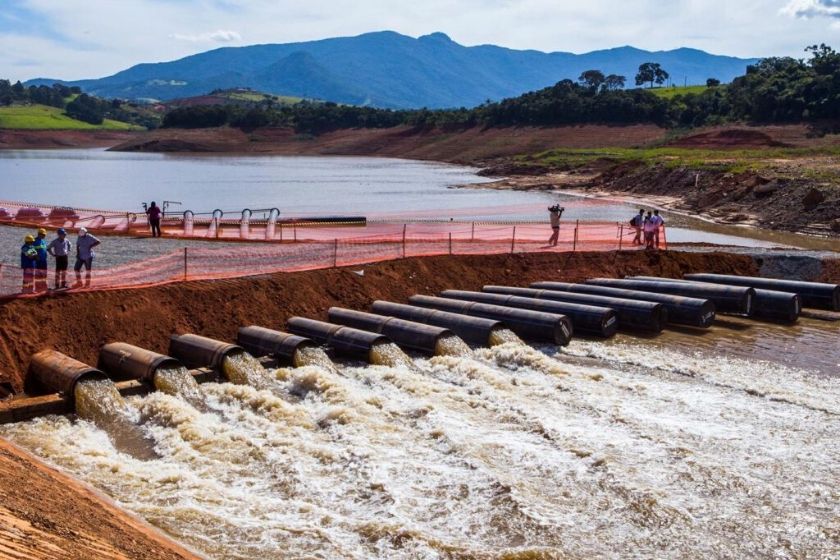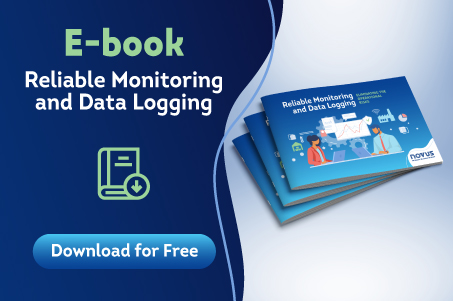Find out how a sanitation company reduced its maintenance costs
With the growth of cities and the increase in pollution, the treatment of sewage, that is, the transformation of contaminated water from homes, industry and commerce into clean water to be returned to the environment, needs to be increasingly comprehensive and dynamic, and it is at the Sewage Treatment Stations (ETEs) that the process takes place.
There are several types of possible treatments, and the method to be used depends on the physical, chemical and biological characteristics of the water. Initially, the sewage will pass through grids, which retain larger solids that may be in the water, even decanters and aeration tanks. During this entire journey, elevation pumps must work so that the effluents pass through the pipeline of the WWTP. As the sewage, precisely because of the waste, is usually “heavy”, the pumps need to be very powerful. In the event of failures or overloads, there is a risk of clogging of the system, which can even cause flooding and return of waste through the customers’ pipes.
Have you ever imagined a sanitation company that doesn’t work?
A large sanitation company in São Paulo counts on NOVUS solutions to guarantee the perfect functioning of the WWTPs and thus avoid problems in its system and for consumers. Using the FieldLogger , it is possible to monitor the temperatures in the stators of the lift pumps. In addition, this reading and recording module is also capable of monitoring vibration, so that any changes are detected. These variables are important in sewage treatment, as an increase in temperature may indicate overload in operation. In addition, there are residues that can pass and not stop the engine, but they affect operating patterns and damage the pump.
The FieldLogger has eight analog inputs and eight digital inputs individually configurable as input or output. In the case of the equipment installed to measure the pump variables at the ETE, one of the outputs is configured to emit an alarm to the station panel in the event of an occurrence, so that it is possible to stop the pumping and solve any problem. It is a device of great resolution and speed, with high connectivity, while still being easy to configure and operate.
The elevation pumps of the ETE where the FieldLogger s were installed are high power and high cost equipment, that is, changing them is quite expensive and periodic maintenance is extremely important. With the NOVUS data logger , it is possible to avoid damage and act faster in the event of an unforeseen event, making the company provide a better service to the population and saving on equipment changes.

















